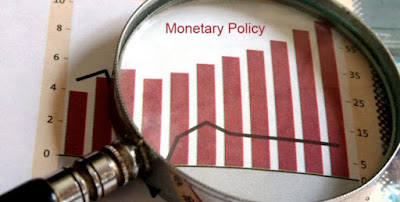Monetary Policy - Meaning, Effect on economy & Objectives

Monetary Policy Generally we read RBI announces Monetary Policy or some changes happened in monetary policy. So what is Monetary policy & how it effects our day to day life..! Monetary policy is how central banks manage liquidity to create economic growth. Liquidity is how much there is in the money supply . That includes credit, cash, checks and money market mutual funds . The most important of these is credit. It includes loans, bonds and mortgages. RBI Reserve Bank of India. Every country has its own Central bank(Reserve or Monetary bank). Meaning of Monetary Policy The term monetary policy is also known as the 'credit policy' or called 'RBI's money management policy' in India. How much should be the supply of money in the economy? How much should be the ratio of interest? How much should be ...